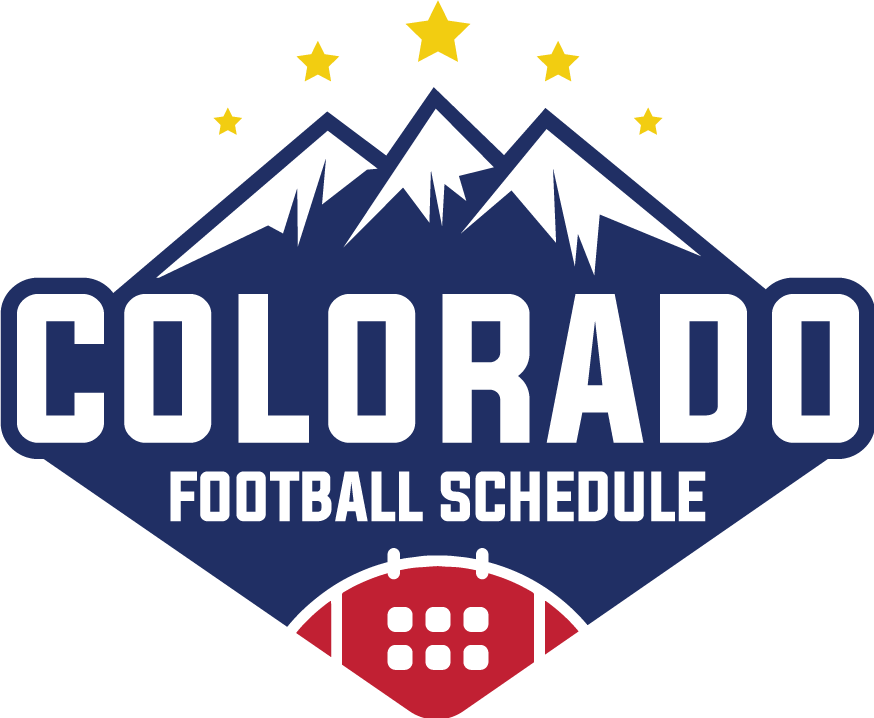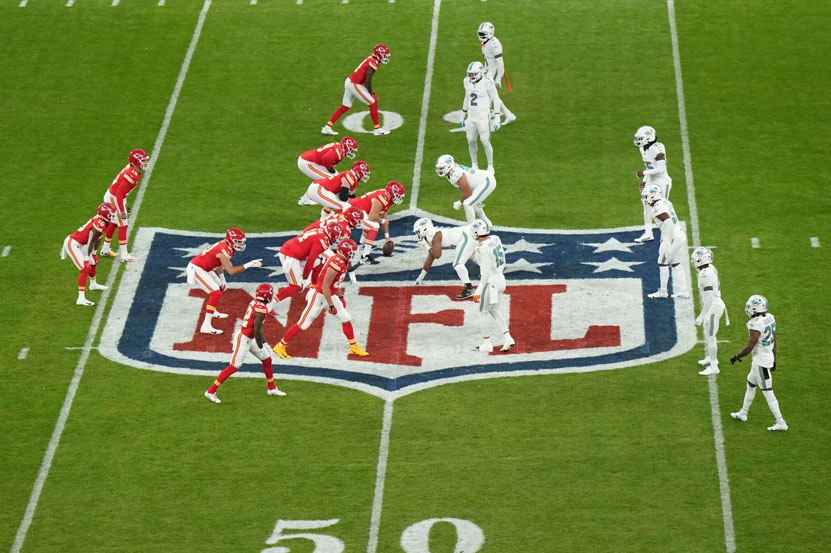When you tune in for an NFL game, the broadcast might stretch well beyond three hours, but the action on the official game clock is much shorter. At its core, a National Football League quarter is 15 minutes long. That seems simple enough, yet the way those 15 minutes unfold—and how they expand into a full afternoon—can be surprising. Let’s walk through the nuts and bolts in everyday language.
The Basic Math: 4 Quarters × 15 Minutes = 60 Minutes
- Regulation length: An NFL game has four quarters.
- Quarter length: Each quarter is 15 minutes of game‑clock time.
- Total regulation clock time: 4 × 15 = 60 minutes.
That 60‑minute figure only counts the official clock that starts and stops during plays, not the real‑world time you spend on the couch. Because the clock pauses for many reasons—timeouts, incomplete passes, changes of possession, penalties, instant‑replay reviews, and commercial breaks—those 60 minutes of “football time” routinely stretch to more than three hours of real time.
Why 15 Minutes?
The NFL settled on 15‑minute quarters decades ago to balance action, strategy, and endurance:
- Pace of play: Football is physically demanding. Fifteen minutes per segment gives players bursts of action followed by a short break (the break between quarters is two minutes, except at halftime).
- Television rhythm: Networks can schedule commercial breaks around quarter stops and timeouts without chopping up the flow too much.
- Historical roots: Early in the 20th century, professional teams experimented with different lengths. By the 1930s, 15‑minute quarters became the standard, and they’ve stuck ever since.
Halftime: More Than a Coffee Break
At the halfway point—between the second and third quarters—halftime lasts 12 minutes during the regular season, extended to about 30 minutes for the Super Bowl to fit in performances and extra advertising. This longer intermission allows teams to regroup, fans to refresh, and broadcasters to analyze highlights.
Overtime: A Special Case
If the score is tied after four quarters, the rules change:
| Situation | Overtime Period Length |
|---|---|
| Regular season | One 10‑minute overtime period. The game can end in a tie if nobody scores. |
| Postseason | Up to two 15‑minute overtime periods, played until a winner emerges. |
How Those 15 Minutes Feel Longer
Here are the biggest clock‑stoppers that stretch a quarter:
- Incomplete passes: The clock halts the moment a pass hits the turf.
- Runner/receiver goes out of bounds: Inside the final 5:00 of each half, the clock stays stopped until the next snap.
- Penalties: Officials need time to sort out infractions, walk off yardage, and reset the ball.
- Timeouts: Each team has three per half, each lasting about 30 seconds on the field but often paired with 90‑second TV breaks.
- Two‑minute warning: At 2:00 left in the second and fourth quarters, play pauses for yet another TV slot.
- Replay reviews: Coaches (or the replay booth) can challenge calls, leading to video analysis and more downtime.
Put it all together, and your 15 minutes on the scoreboard can balloon to 45 minutes of real‑world time—or more—especially in a tightly contested game.
Compared to Other Levels of Football
| Level | Quarter Length |
|---|---|
| NFL (pro) | 15 minutes |
| College (NCAA) | 15 minutes |
| High school (most states) | 12 minutes |
| Youth leagues | 8‑12 minutes, depending on age group |
The NFL and college share 15‑minute quarters, but stopping rules differ slightly, making the college game feel even longer. High‑school and youth games shorten quarters to protect younger athletes and fit busy weekend schedules.
Why Not Shorten Quarters to Speed Things Up?
The league has studied game length extensively. Shortening the quarter would likely:
- Cut overall offensive drives: Teams would run fewer plays, which changes strategy and statistics.
- Reduce ad inventory: Broadcast partners rely on certain spots for revenue.
- Shrink records comparably: Season and career milestones hinge on consistent game length year to year.
Instead of slicing the quarter, the NFL tweaks how the clock stops—for example, adjusting kickoff touchback rules—so action feels smoother without changing the 15‑minute pillar.
Fun Timing Tidbits
- Quickest quarter on record: On November 24, 1991, the Chiefs and Dolphins slogged through a windstorm in Kansas City. Because both teams ran the ball constantly, the third quarter zipped by in roughly 11 real‑time minutes—still 15 game‑clock minutes, but almost no stoppages.
- Longest regulation game: The Tennessee Titans faced the Miami Dolphins on September 9, 2018, in a contest battered by two weather delays. Total runtime: 7 hours, 8 minutes, though each quarter remained a standard 15 minutes on the scoreboard.
- Play clock vs. game clock: Offenses have 40 seconds to snap the ball (or 25 seconds after certain stoppages). That clock is separate from the 15‑minute quarter clock, but the two synchronize the flow of a drive.
What Really Happens in One Quarter?
A typical NFL quarter sees:
- Around 20‑25 offensive plays combined.
- One or two commercial breaks.
- One timeout on average, though crunch time late in the game can feature all remaining timeouts in quick succession.
- Roughly 12‑15 minutes of real‑time action during the first and third quarters, bloating to 18‑20 minutes in the final two quarters because of clock‑management strategies.
The Viewer’s Checklist
If you’re planning Sunday activities, budget generously:
- Kickoff: Mark the local start time.
- Add 3‑3.5 hours for the full telecast, including the halftime show, commentary, and post‑game handshakes.
- Prime‑time factor: Night games often bring more ad breaks, pushing runtime toward the longer end.
Takeaway
Every NFL quarter is 15 minutes on the game clock—no more, no less. What turns that tidy number into a marathon is the rhythm of modern football: pauses for strategy, officiating, and, yes, commercials. Once you understand the split between game‑clock minutes and real‑world minutes, the flow of a broadcast—and why that pizza arrives just as the third quarter ends—makes perfect sense.
So, next time someone asks how long a quarter is, you can give the quick answer—15 minutes—and the fuller story: those 15 minutes travel through a maze of stoppages and suspense, stretching an hour of pure football time into an afternoon of thrills.


Leave a Reply